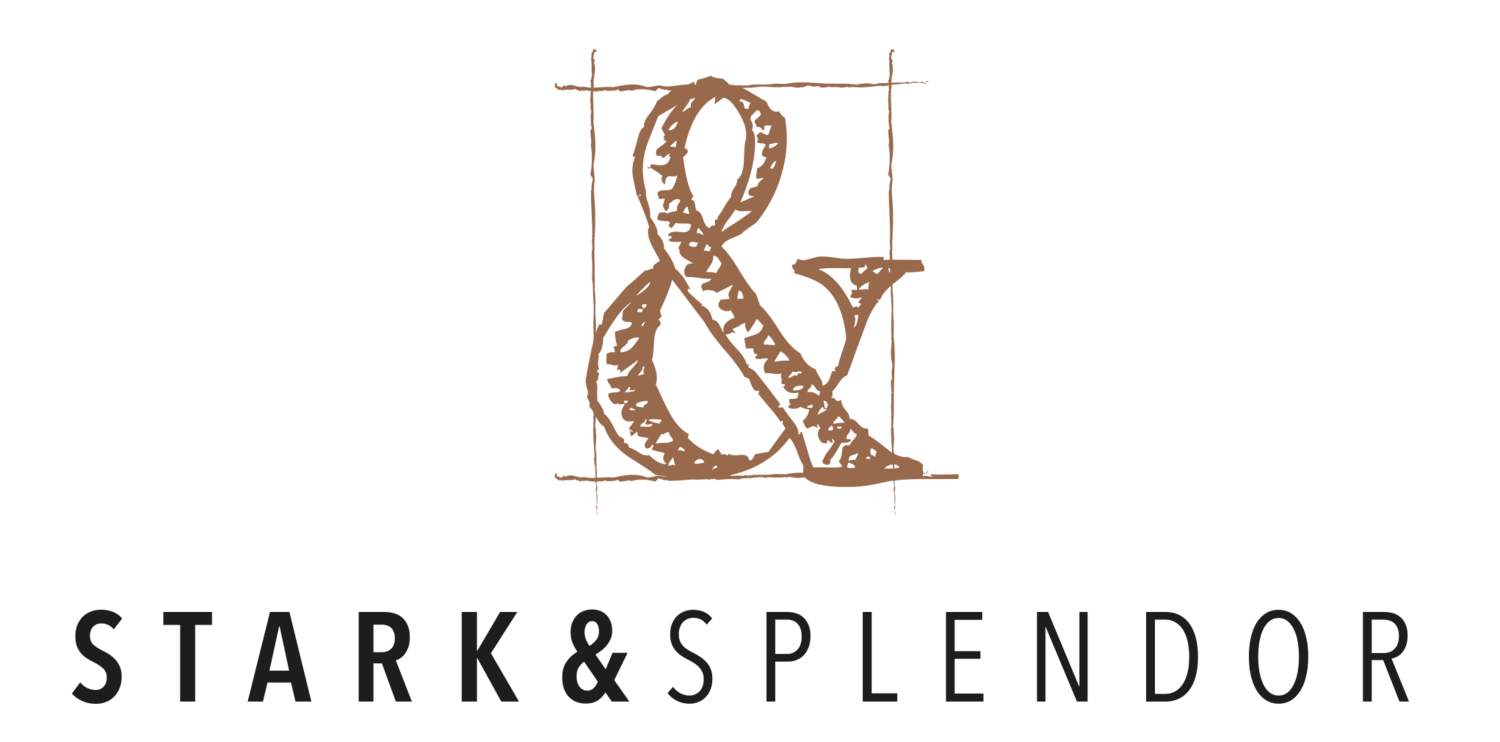Recently, I’ve been thinking a lot about heroes.
Not the moonwalking kind.
The kind that savvy brands create to make their mark on the world.
A quick definition.
I define hero products as the offers that most compellingly communicate a brand’s message and values to its audiences.
They may or may not be best sellers and they don't even have to be tangible goods. Services, events, and processes can be “hero products” too.
Whatever form they take, hero products embody the parent brand's values. So if a brand is about innovation, elegance, and personalization, then those attributes should permeate every aspect of its hero offering.
Why is having a hero product a good thing?
For starters, it’s a huge boon for your brand.
Creating a hero product is a first step in behaving like the brand you say you are.
The brave new world of branding is one in which what brands do is infinitely more important than what they say. So the ultimate branding move is to create a product that is 100% brand-aligned. Brands that do are better positioned to be believed, liked, loved, bought, and recommended by customers.
Examples of companies who have built their brands on the back of iconic products are Elizabeth Arden (Eight Hour Cream), Ray-Ban (the Aviator, then the Wayfarer), Apple (the iPhone), and Fender (the Stratocaster). You could even make a strong argument that for a company like Zappos customerservice is the “hero product.”
You need a hero?
Designing a hero [or reverse engineering one from what you already offer] is no small thing. It takes a lot of critical thinking and investment to create a truly iconic product and not just a wannabe, but the rewards will speak for themselves.
If you want to brand and differentiate yourself like no other, create a hero that saves the day for your customer.
Here’s how to start...
1. Know your message and values.
This one is obvious but often missed.
The very definition of an icon is that it represents something much bigger than itself.
If you want to create an iconic product, then you have to spend some time thinking [and writing down!] what you want your brand to stand for.
If your messaging feels muddled there are tons of branding resources online. Or, I can help.
However you create one, a strong brand message is the first step to developing a superhero product.
2. Define the problem.
Hero products all have one thing in common: they solve a specific problem for a specific group of people.
There are many good products that never achieve hero status because they simply don’t solve a particular problem well enough.
Don’t fall into the trap of designing a half-solution for a problem that doesn’t exist.
Understand your customer’s problem inside and out, and get good at articulating it.
Importantly, don’t tackle problems that aren’t directly linked to what you want your brand to stand for [see point 1]. The best problem for you to solve is the one that aligns with your brand values.
3. Choose one product.
If you’re not starting from scratch and you already have a stable of products, it’ll be tempting to want to overhaul them all at once.
Don’t do this. Instead, focus on one offer that you want to make your flagship.
If you do a great job, it will benefit all of your offerings and may even spawn related products with the same brand DNA.
A rising tide lifts all boats.
4. Create critically.
This is the hard part where you move from concept to creating the real thing.
A superhero is made in the details, so take a critical look at your product and/or service delivery process.
Consider…
- Design
- Procurement
- Formulation
- Manufacturing
- Packaging
- On-boarding
- User experience
- Post-purchase customer service
- Terms and conditions
- Contracts
Does each part of your product speak for your brand and do what it’s supposed to do? Most importantly, has your hero offer solved your customer's problem? If not, start iterating until it has.
You might launch a minimum viable product that doesn’t check all the boxes—that’s okay! Icons are rarely born overnight. Through diligence, time, and a commitment to growth, you can make a hero out of an already great product.
5. Make your hero the star.
Your hero product will take a lot of time, energy and, potentially, money to create. Don’t waste the branding and marketing opportunities that it presents by treating it like every other product or service you offer.
For starters, give it a memorable name and think strategically about how the name can become an umbrella for other lines or related services.
Give it top billing in your marketing materials, talking points, and media kits. Consider how this icon-in-the-making should transform the hierarchy of your brand messages and/or your web copy.
In short, look for creative ways to make your new offer the star of your cast of products and services so it can start performing branding heroics for you.





